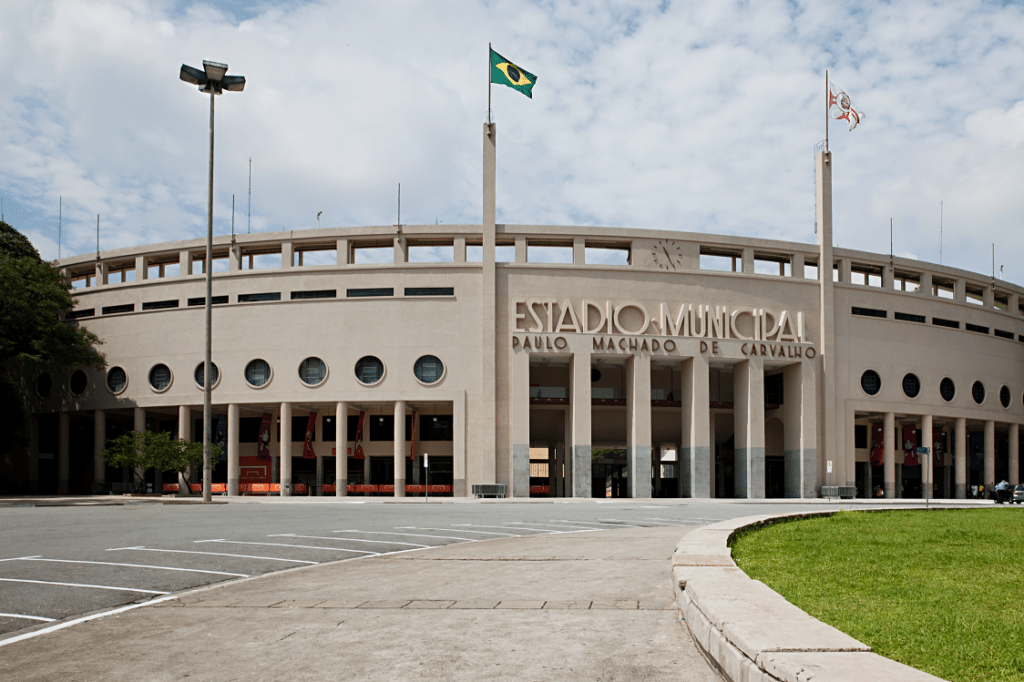
Located in an area with 6,900 m² in the underside of the bleachers of Estádio Municipal Paulo Machado de Carvalho – Pacaembu, the Football Museum was inaugurated in September 29th, 2008.
The main exhibition, distributed in 15 thematic rooms, tells the story of how football arrived in Brazil and became a part of our heritage and culture in a fun and interactive way. Therefore, this museum is open to interaction of all audiences, passionate or not about the most popular sport on the planet. The service provided to our visitors is a priority among the educational actions of the Museum, which also designs and develop temporary and traveling exhibitions and a diversified cultural program.
The Museum is completely accessible to people with disabilities and foreigners, with several resources available, both related to physical (escalators, elevators, tactile paving, wheelchairs) and communicational accessibility (audio guides in English, Spanish, and for the blind, tactile mock ups, sensory materials, etc.). In 2013, the Museum inaugurated the Brazilian Football Reference Center, which has the first public library that specializes in football in the country, with more than 3,000 national and international titles.
Since its inauguration, the Football Museum is managed by the IDBrasil Culture, Education, and Sports Social Organization, a non-profit private entity that provides public services of interest for the community. Part of the funds provided by the Football Museum management come from the State Government and part comes from funds raised by the entity itself (tickets, rentals, sponsorships, etc.). This cultural equipment management model is applied in the State of São Paulo since 2005, and has shown positive results. Besides ensuring quality service to the public, the social organizations have given some space for the actions of the State Government in the culture field to breath, ensuring a successful partnership between the public power and the organized civil society.
The purpose of the OS is to maintain the equipment and instruments required to provide the services contracted, as well as the physical integrity of the building occupied by the Museum. The commitment includes the development of actions and contents coherent with the specification of the institution managed, and at the same time disclose them to reach and provide access to the largest number of people possible.


